Fertilizer Smuggling at the India-Nepal Border: What’s Really Going On?
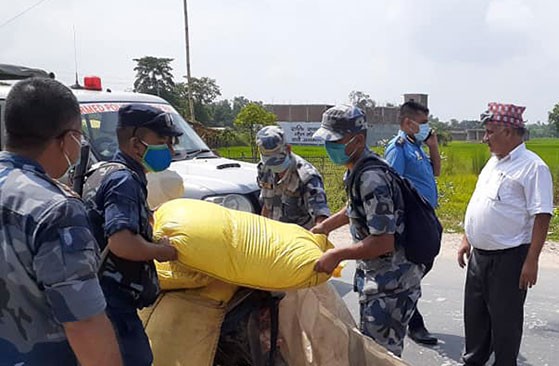
Kathmandu, If you think smuggling is just about drugs or gold, think again. Right along the India-Nepal border, something as mundane as fertilizer is making headlines—and not for a good reason. Fertilizer smuggling has quietly become a big deal, and it’s causing headaches for farmers, local authorities, and governments on both sides of the border.
Cracking Down on the Trade
Recently, authorities have started catching on. In Bihar’s Sitamarhi district, cops nabbed 16 sacks of urea and arrested two people. FIRs were filed against two shops, and three others lost their licenses. Over in Uttar Pradesh’s Shravasti district, a stash of DAP and NPK fertilizers was found hidden in a basement, leading to more arrests and suspensions of local officials.
The pattern is clear: smugglers are finding ways to sneak fertilizers into Nepal, where they can sell them for a fortune.
Why Smuggling Happens
Here’s the kicker: fertilizers are way cheaper in India than in Nepal. For example, urea in Nepal can cost up to ten times more than it does just across the border. That price gap makes smuggling super tempting for traders looking to make quick cash.
Add limited border monitoring and coordination issues between authorities, and you’ve got a smuggling hotspot.
What the Governments Are Doing
Both India and Nepal are taking action. Uttar Pradesh has tightened rules, stopping fertilizer sales registrations near the border and beefing up surveillance in key districts. Officials are also pushing for digital tracking systems and better communication between police, agricultural departments, and intelligence agencies.
Nepal, on the other hand, has to deal with the fallout: substandard fertilizers flooding local markets in districts like Bara, Rautahat, and Sarlahi. These low-quality products can damage crops and mess up government-subsidized programs, hurting the farmers who can least afford it.
Looking Ahead
Fertilizer smuggling isn’t just a legal problem—it’s an economic and agricultural headache that requires cooperation between India and Nepal. The goal? Better border infrastructure, smarter tracking, and stronger joint enforcement to make sure fertilizers reach the farmers who actually need them. If authorities get it right, farmers can finally breathe easy. If not, this small but surprisingly lucrative trade could keep throwing a wrench in agriculture and food security for both countries.


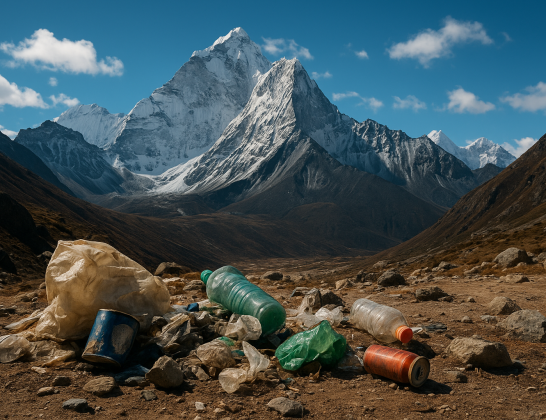
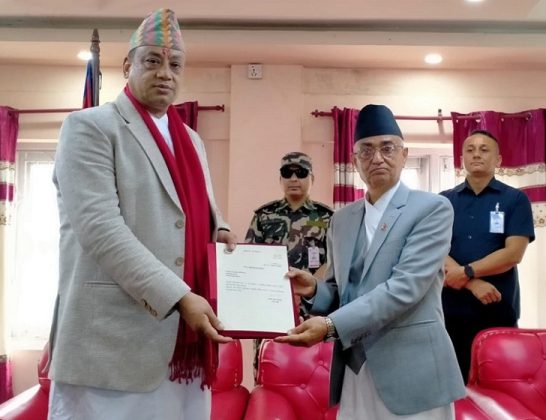
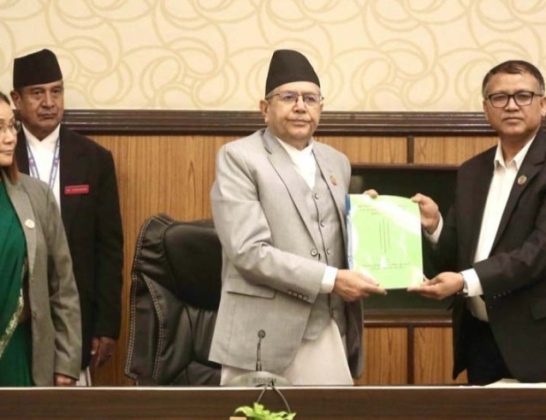
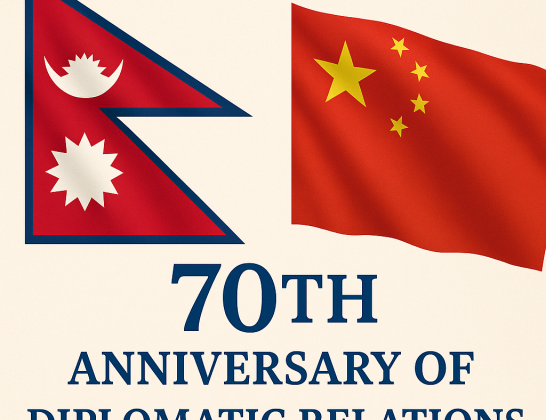

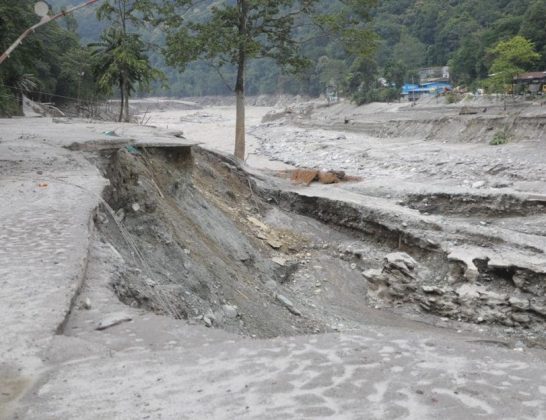
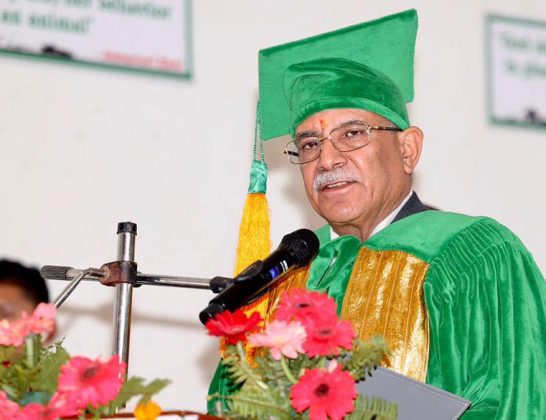
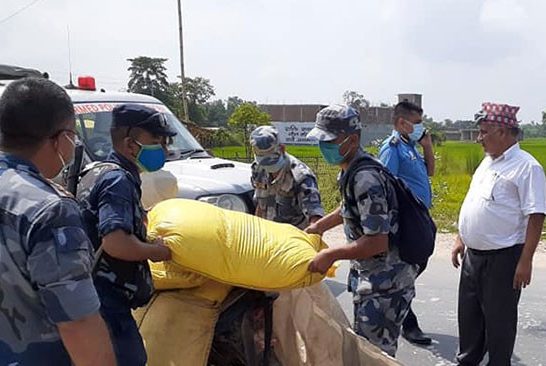

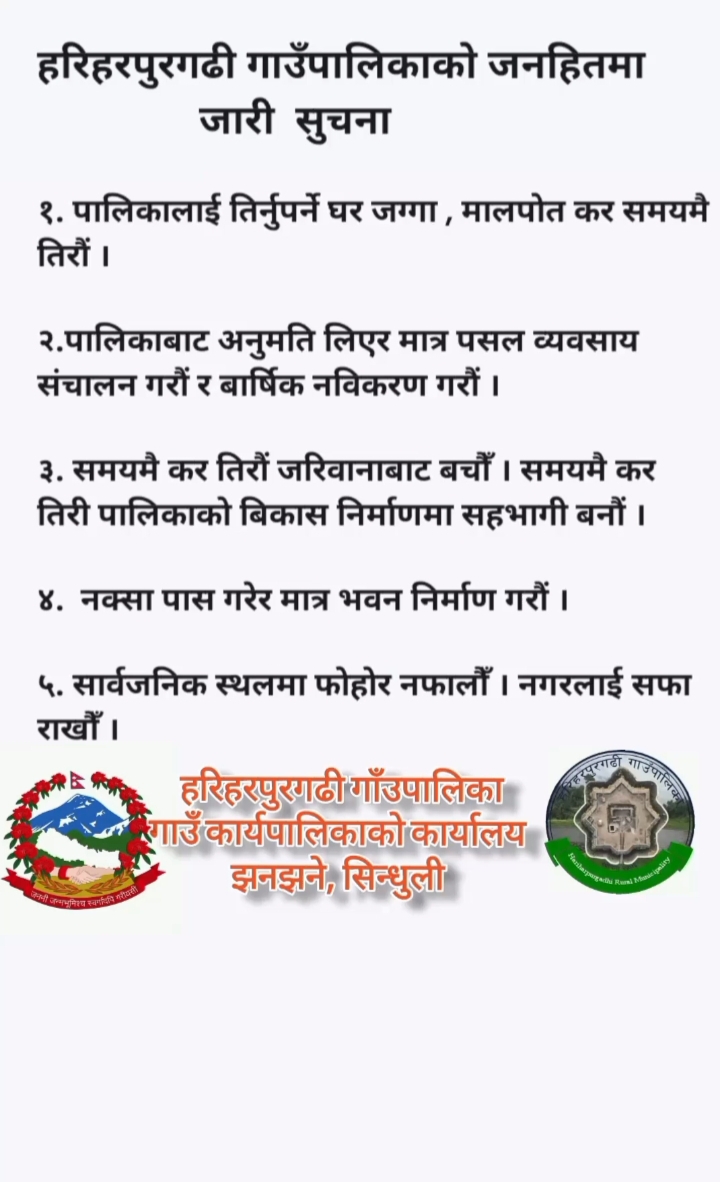
Comments